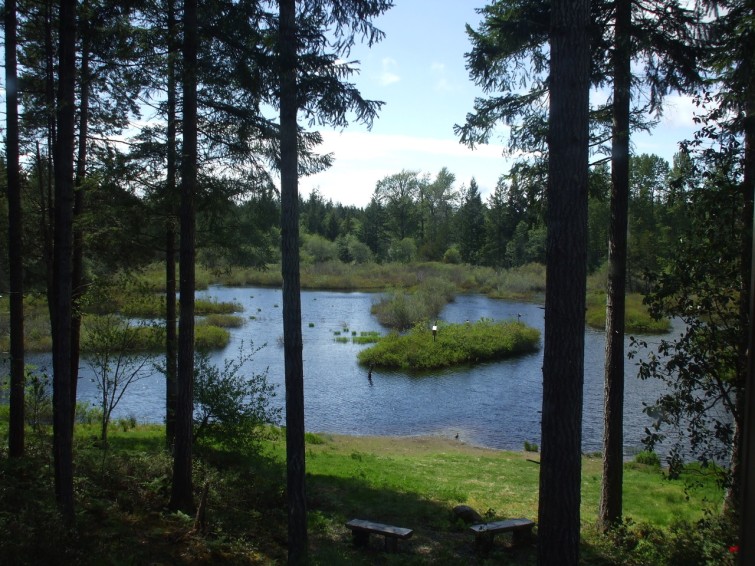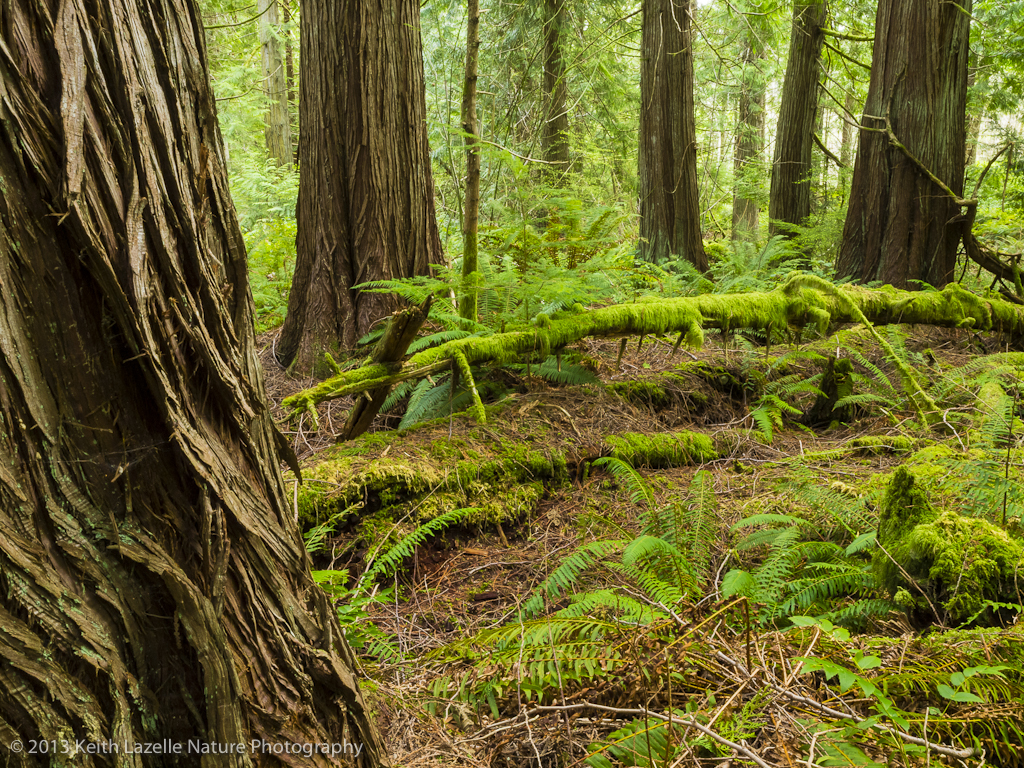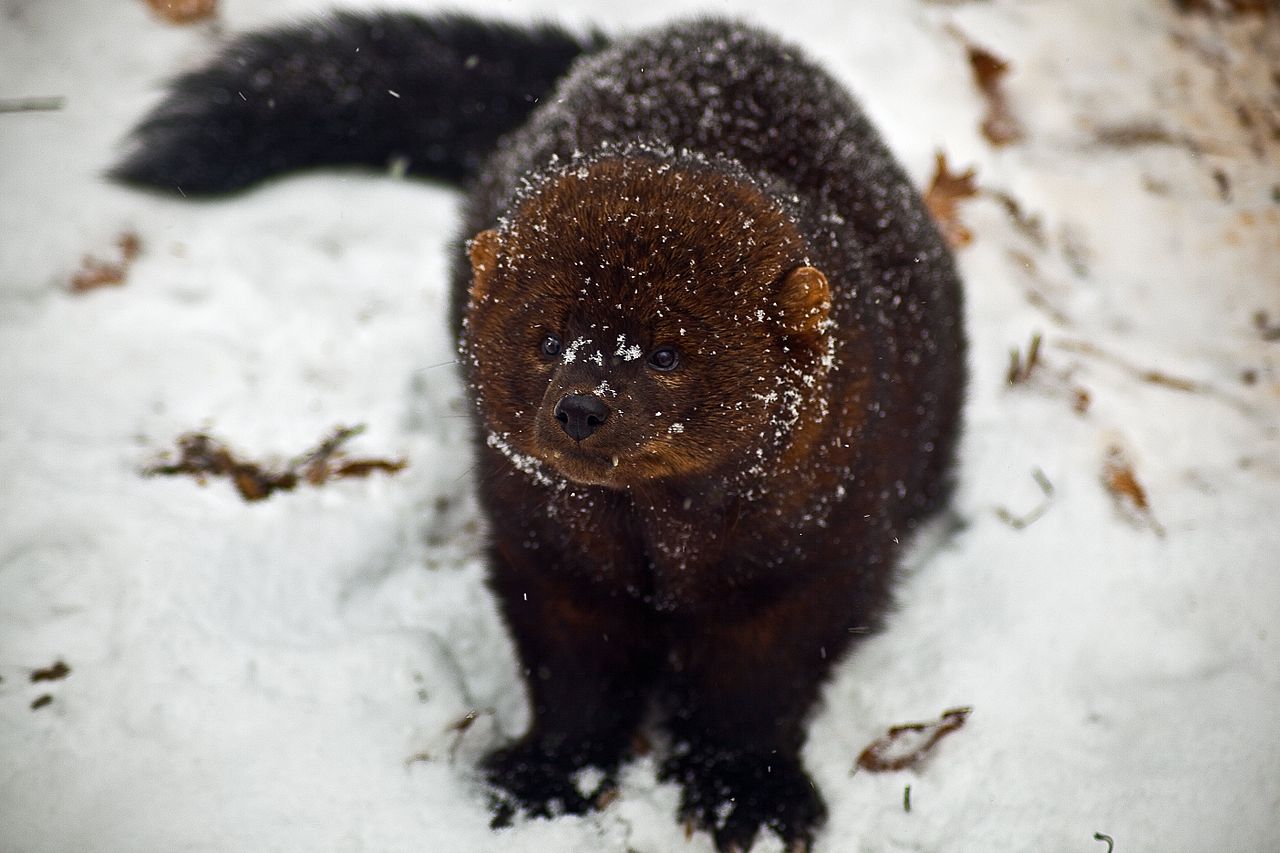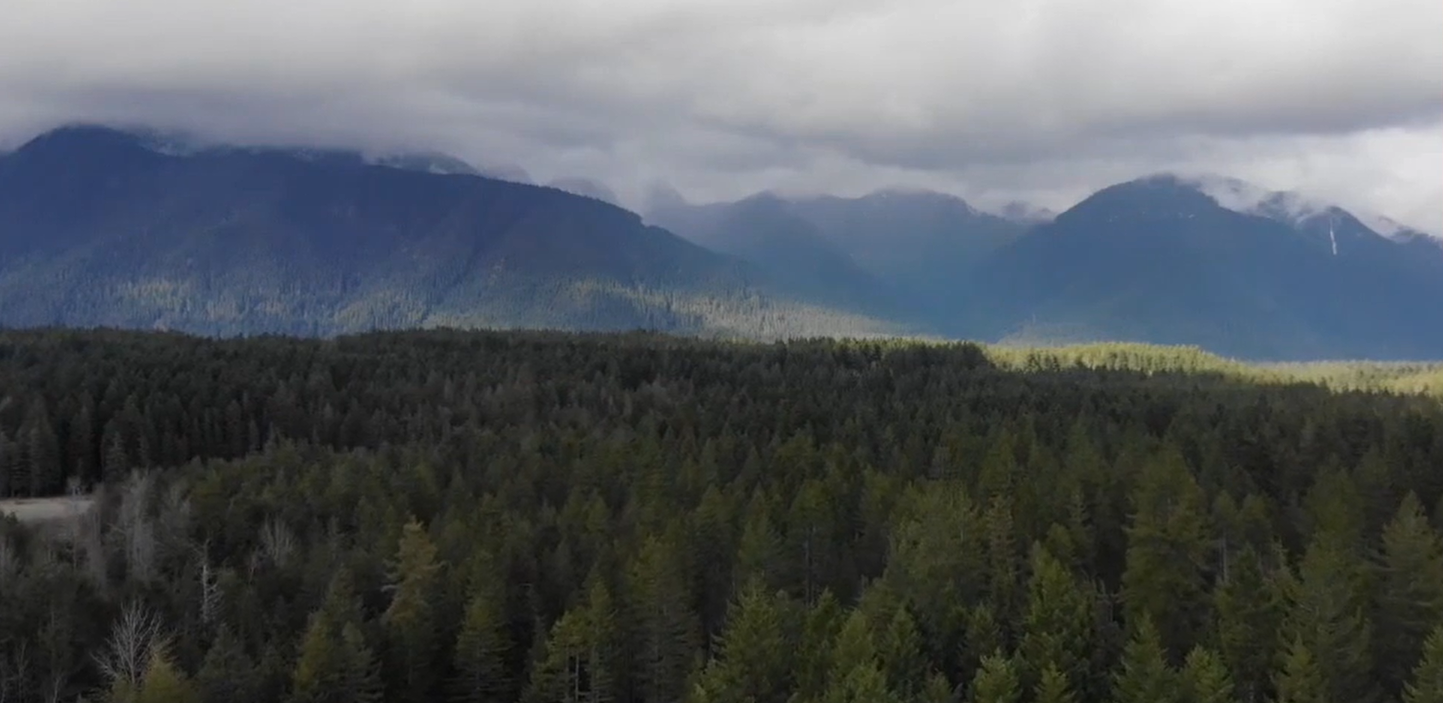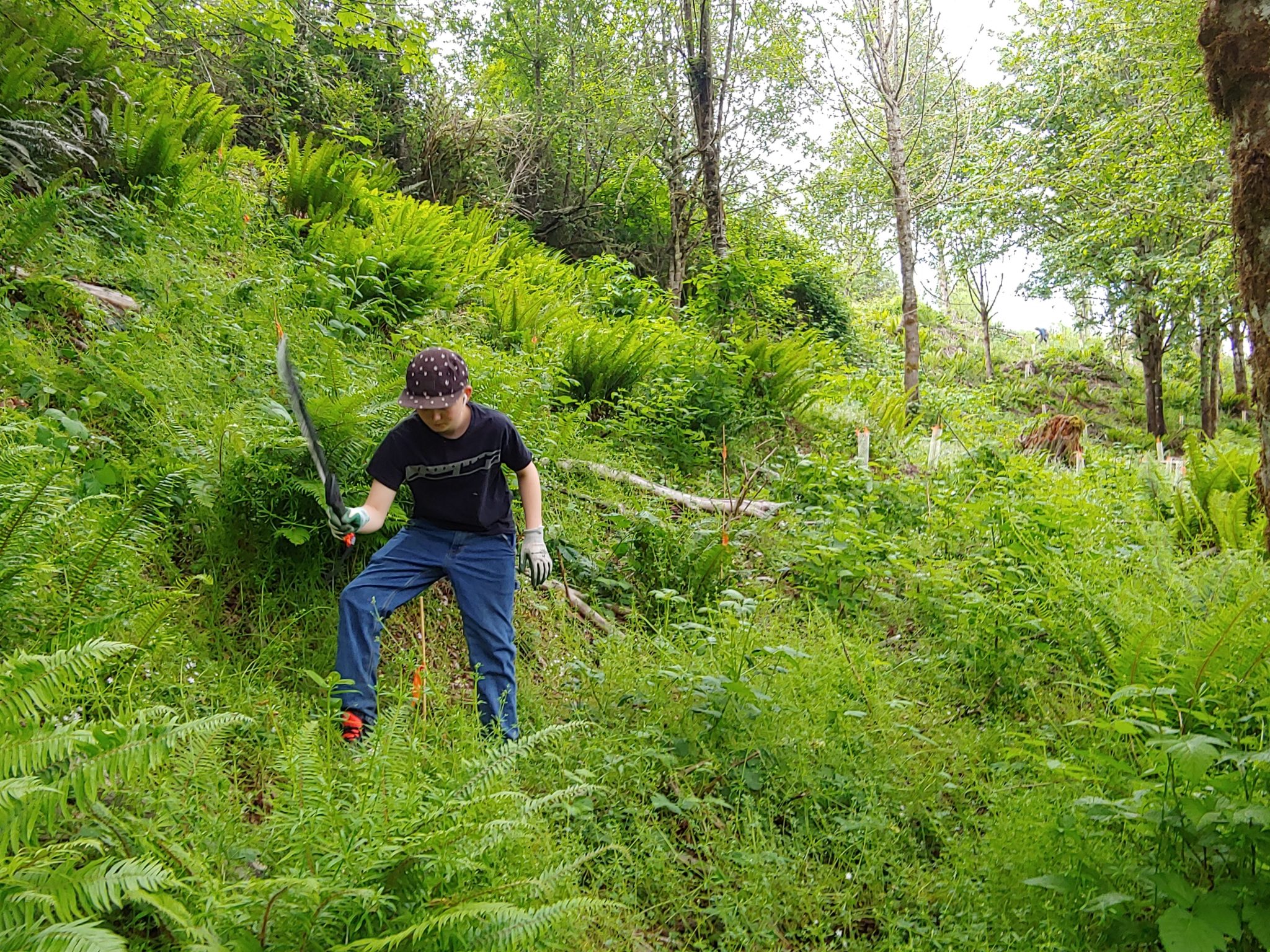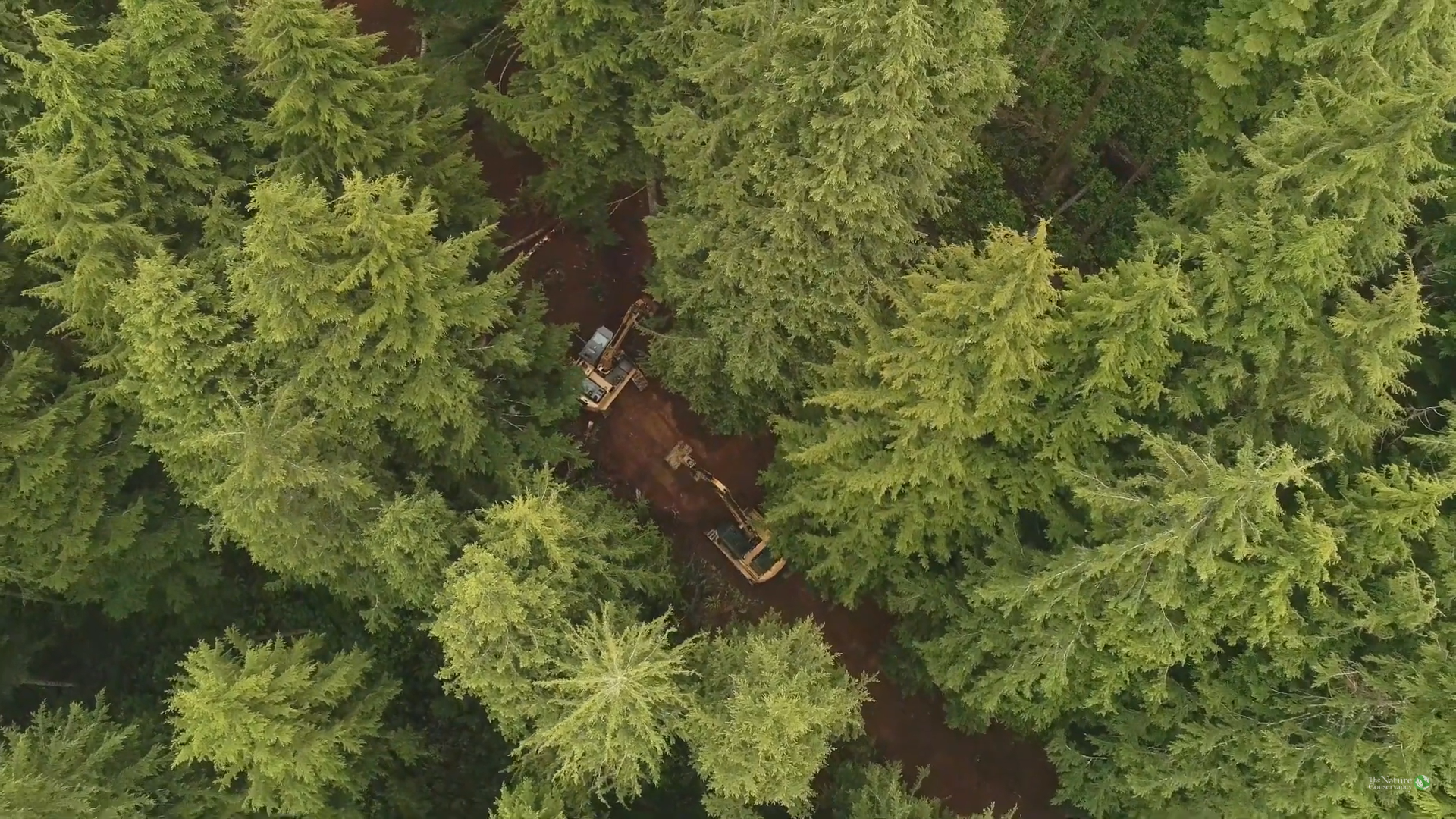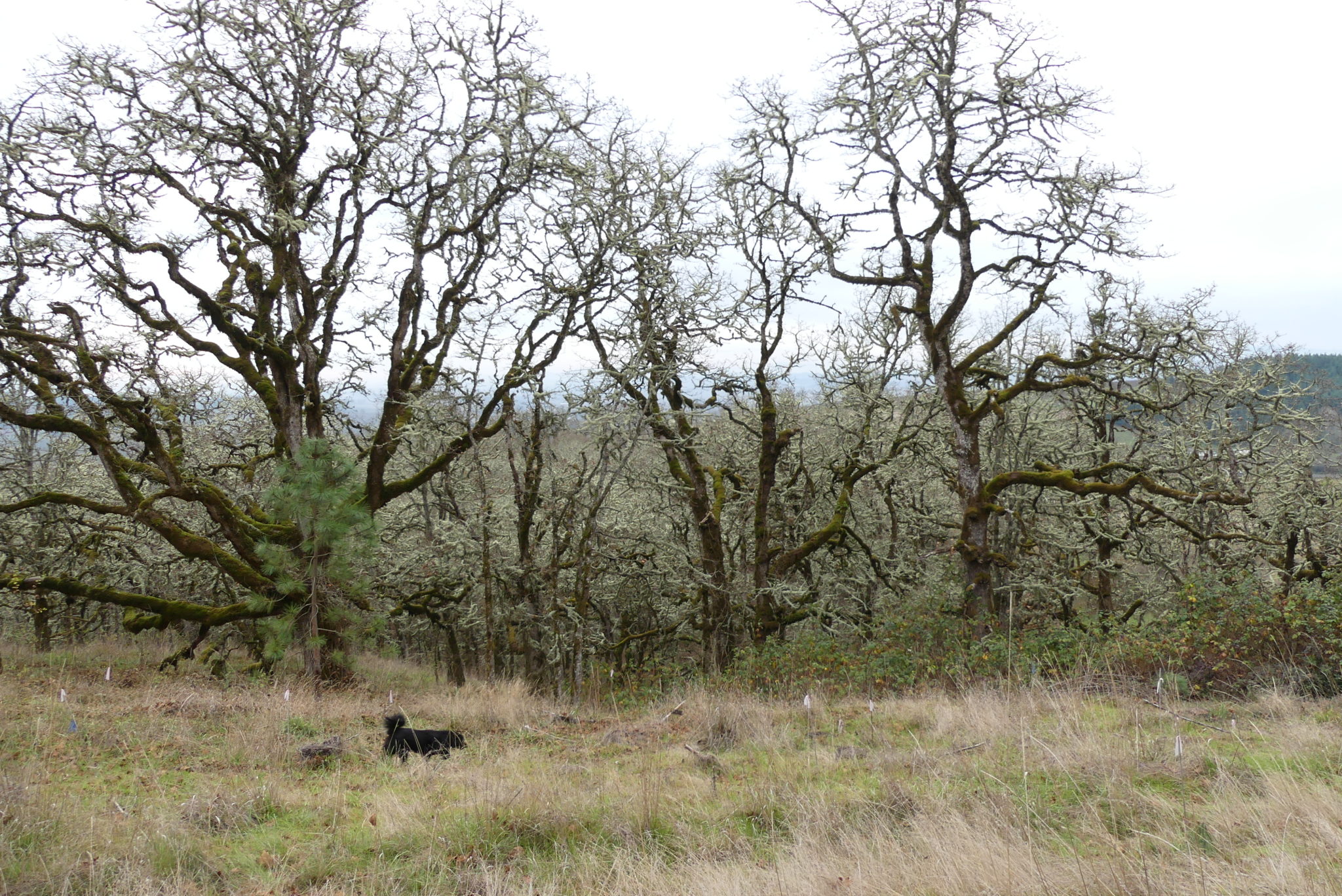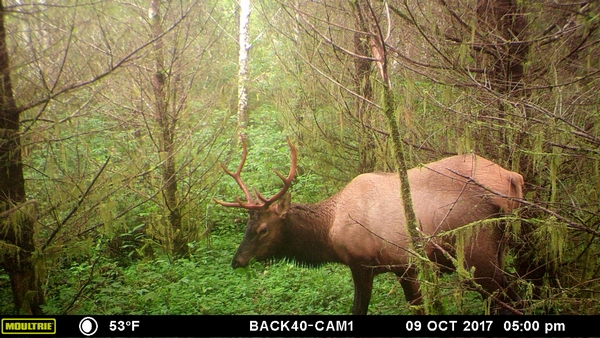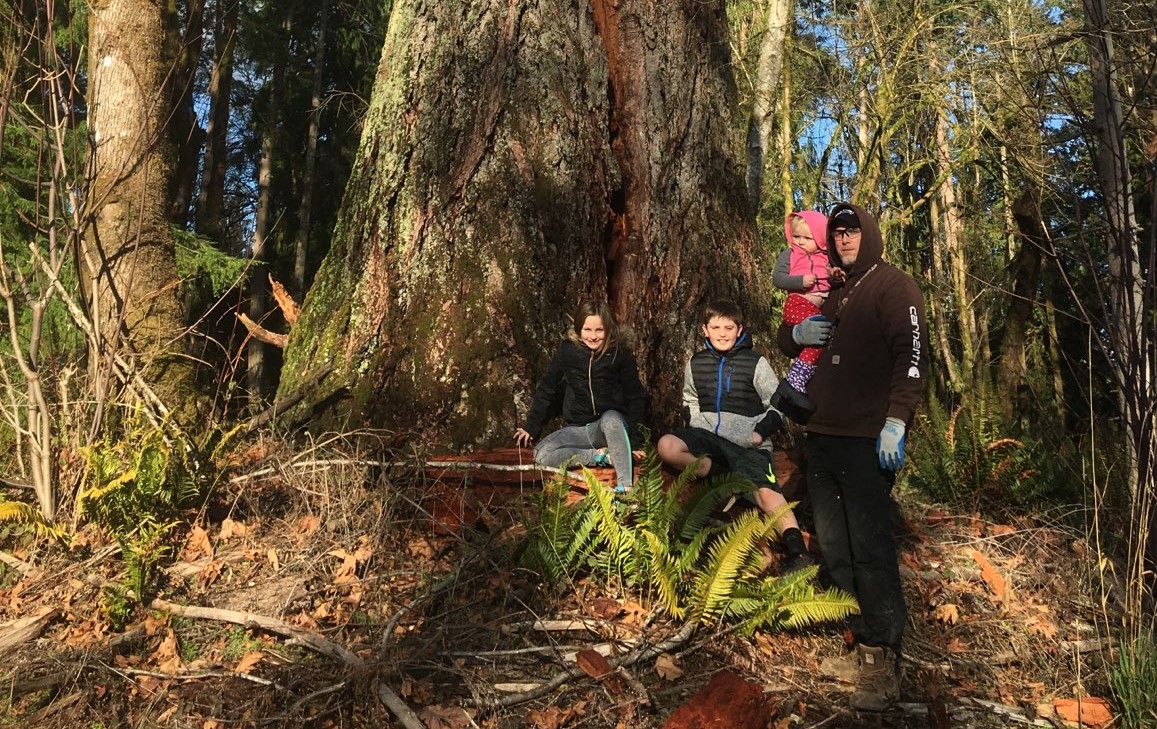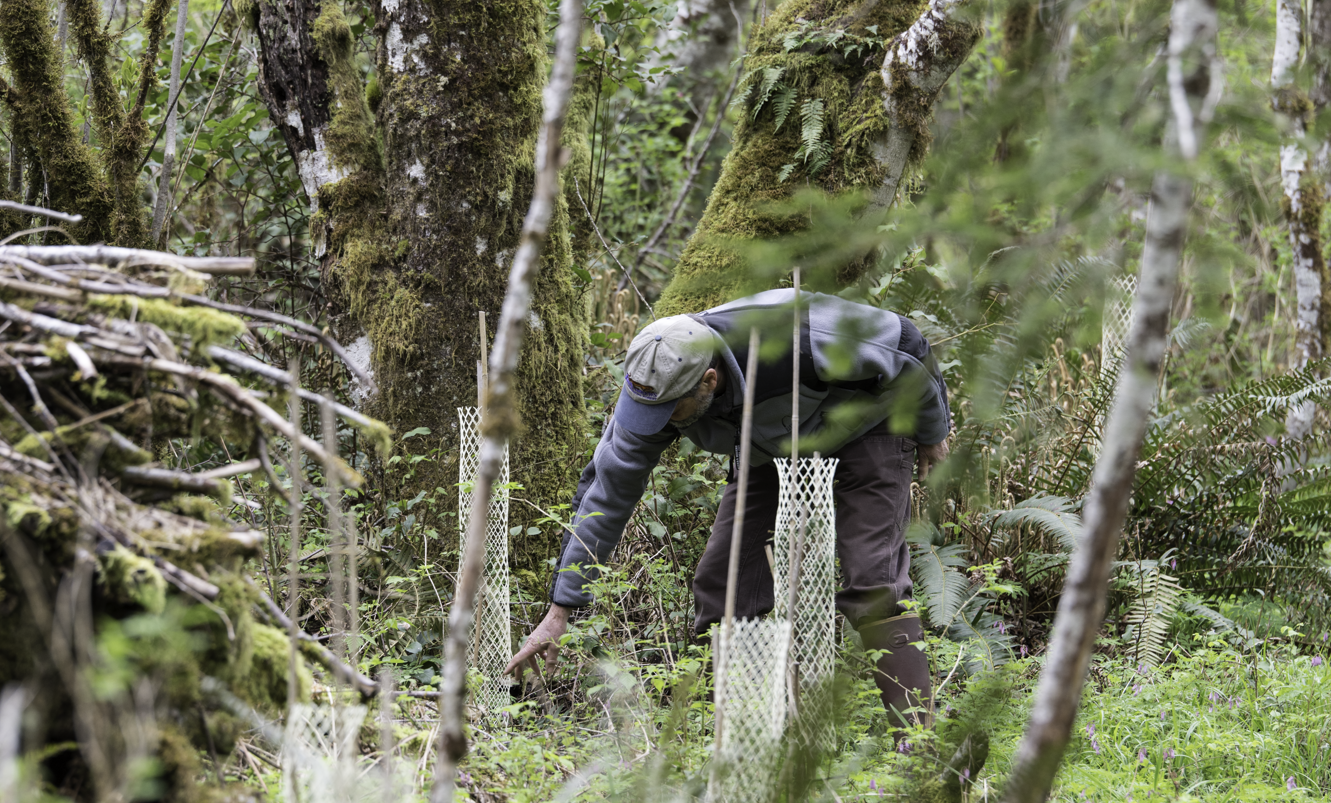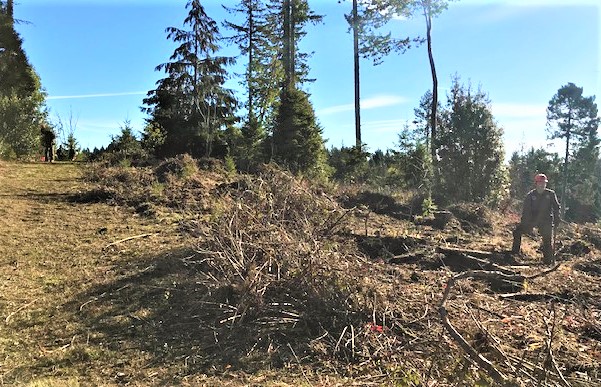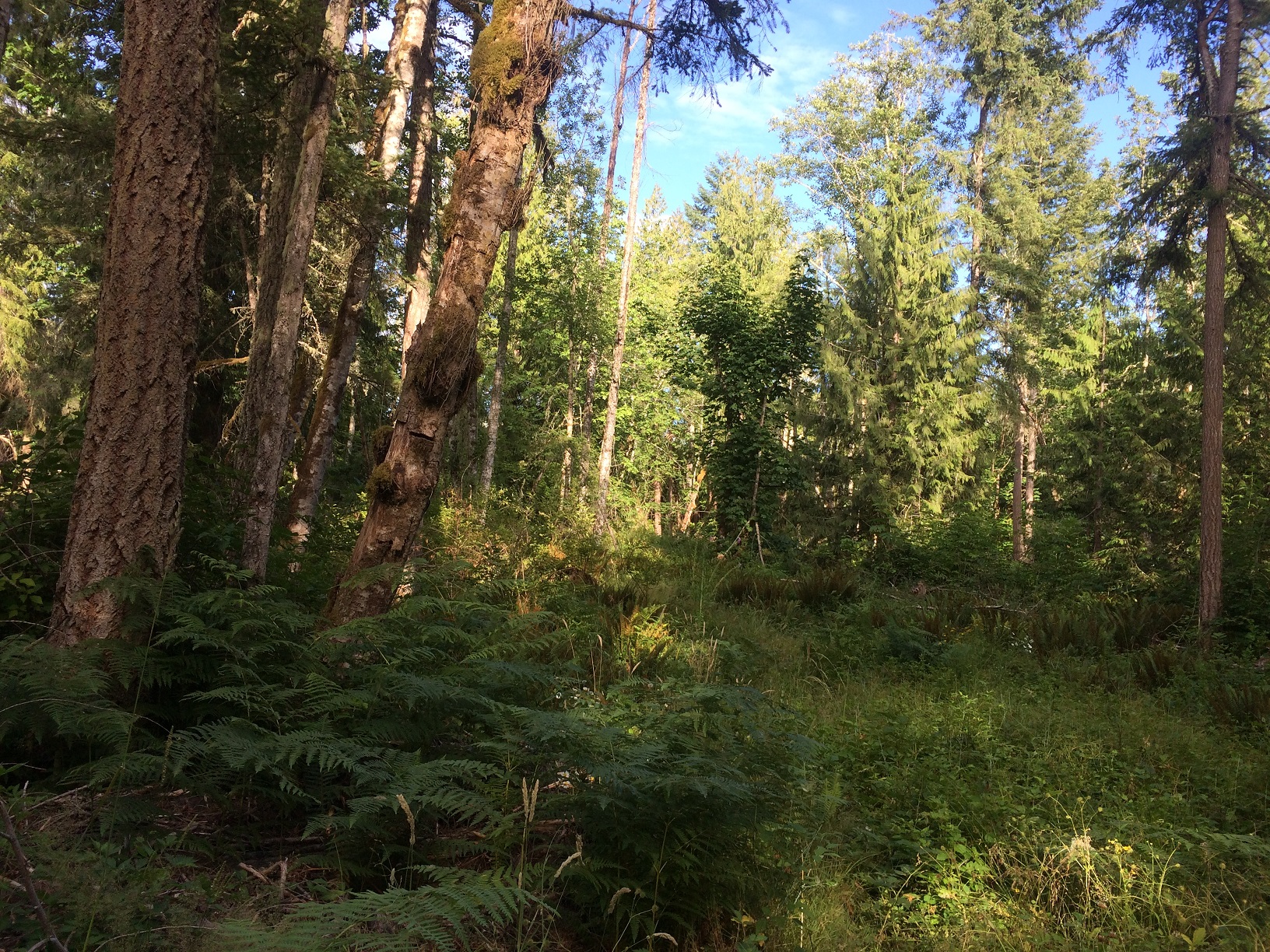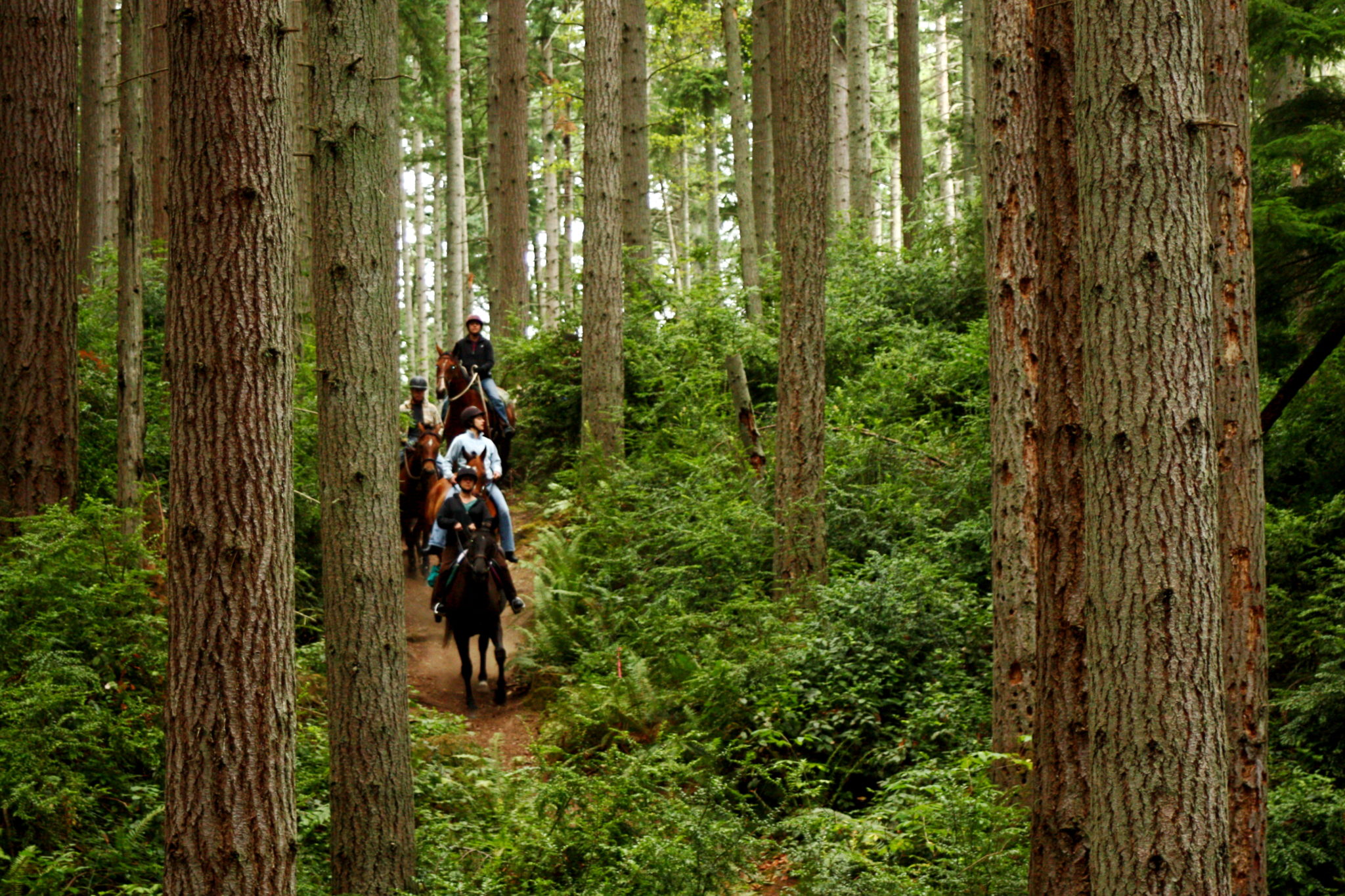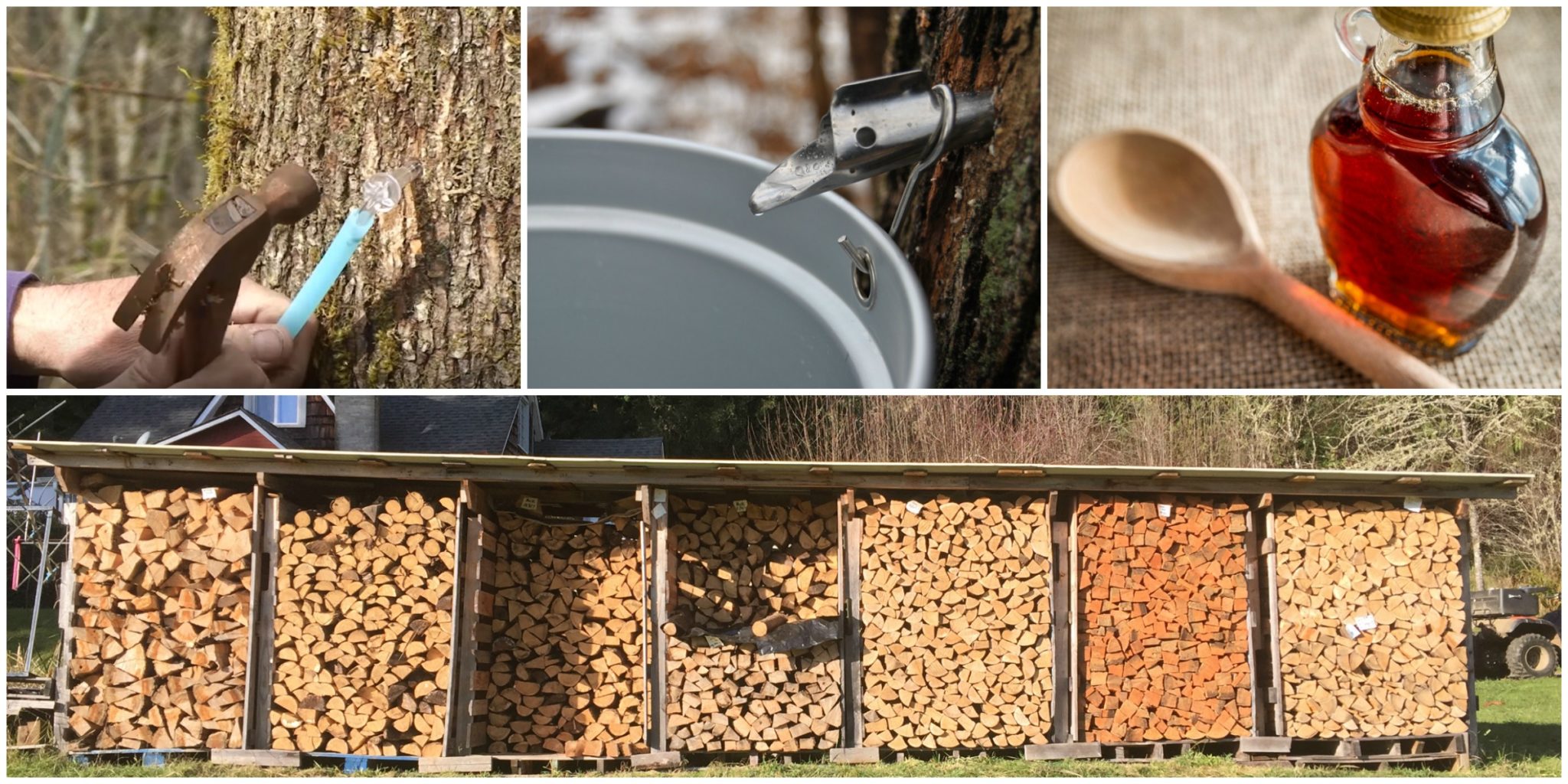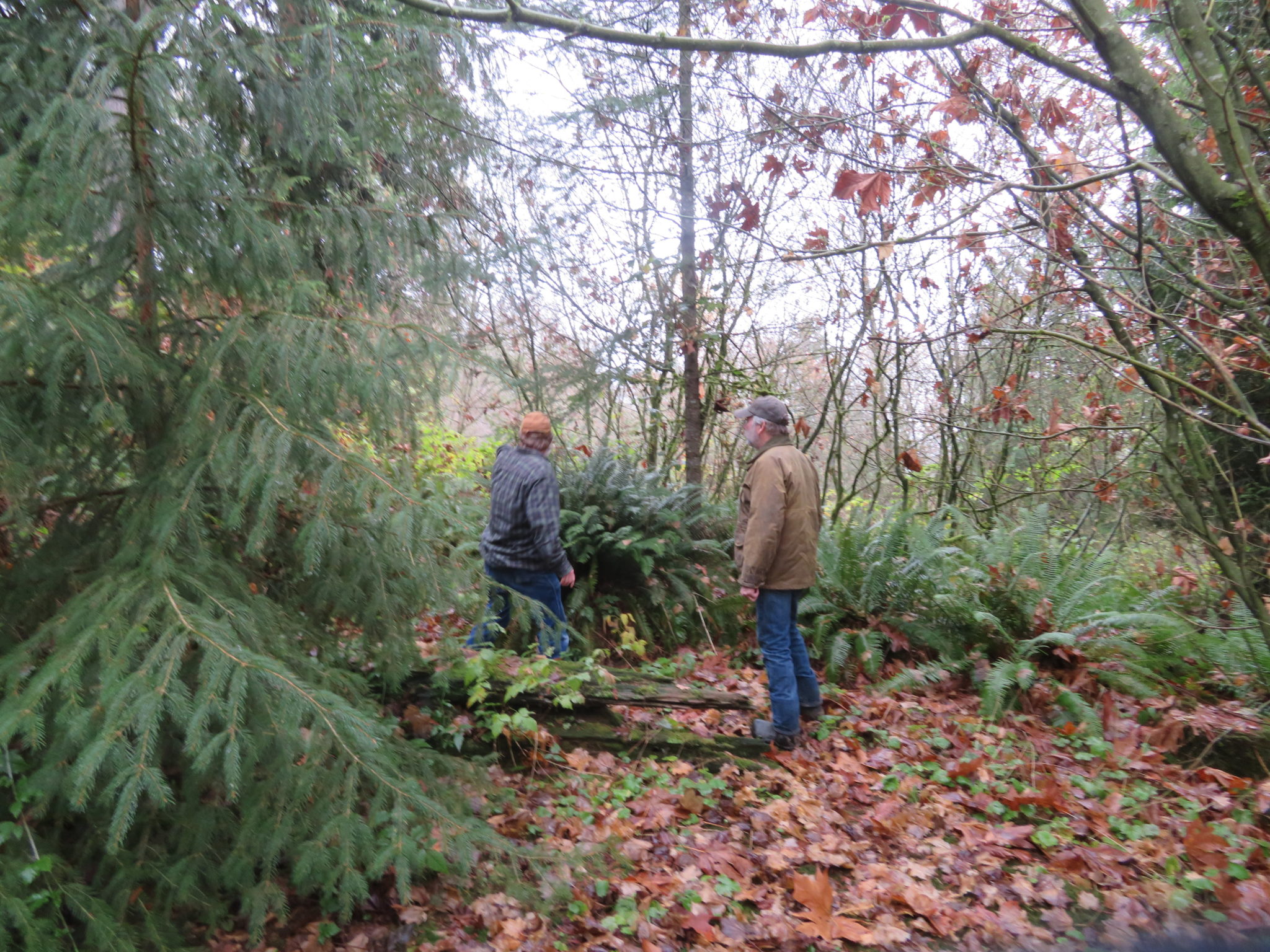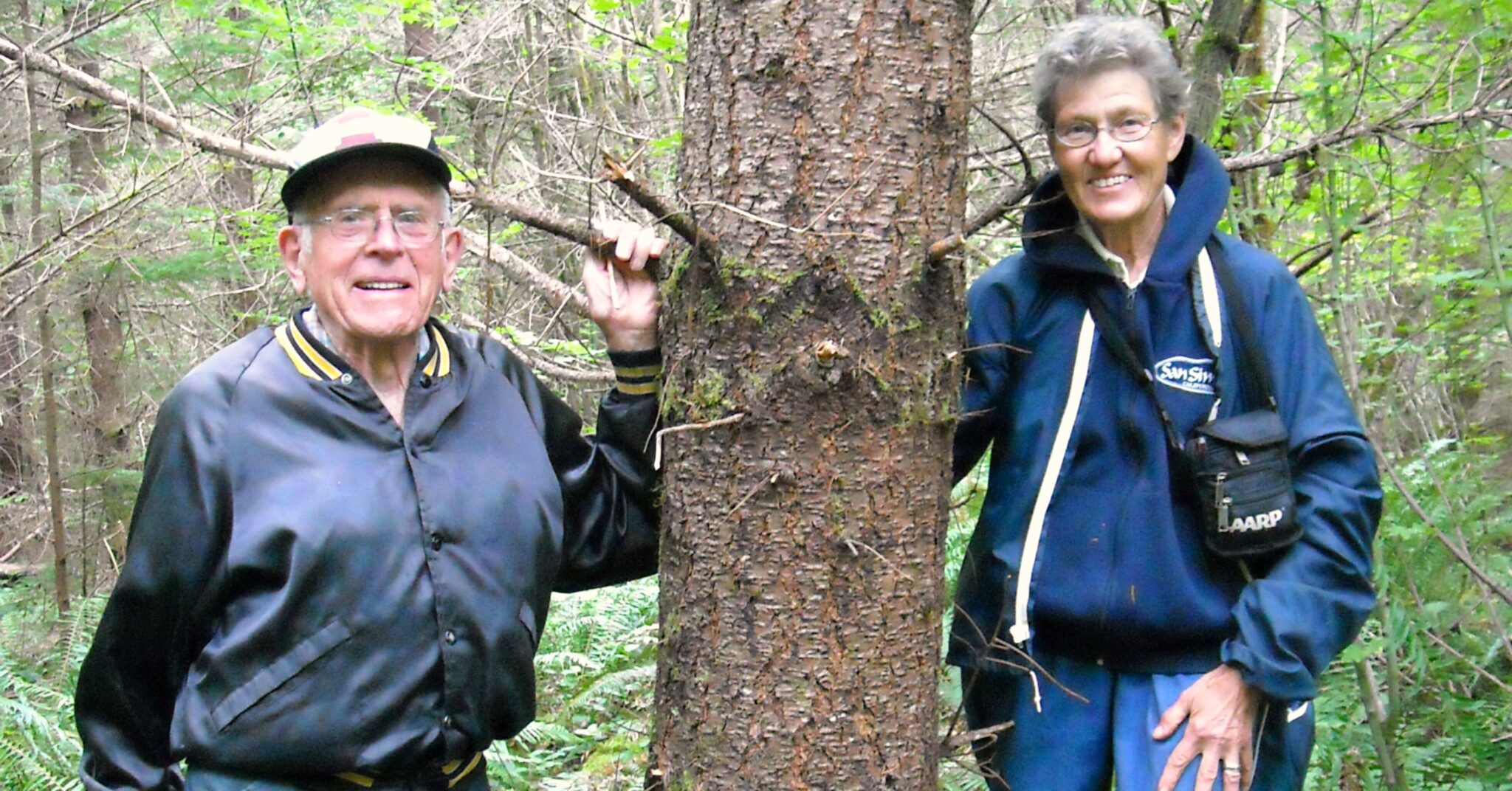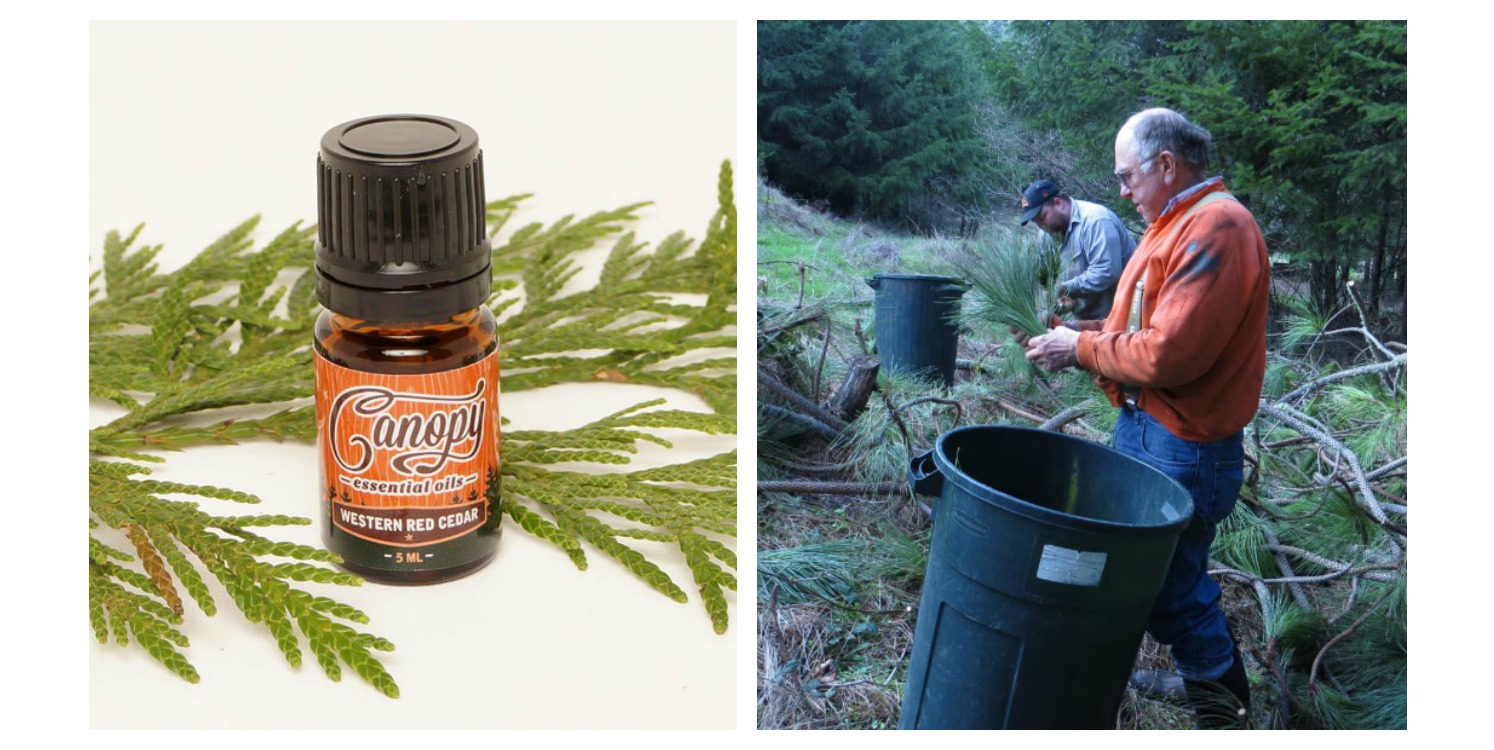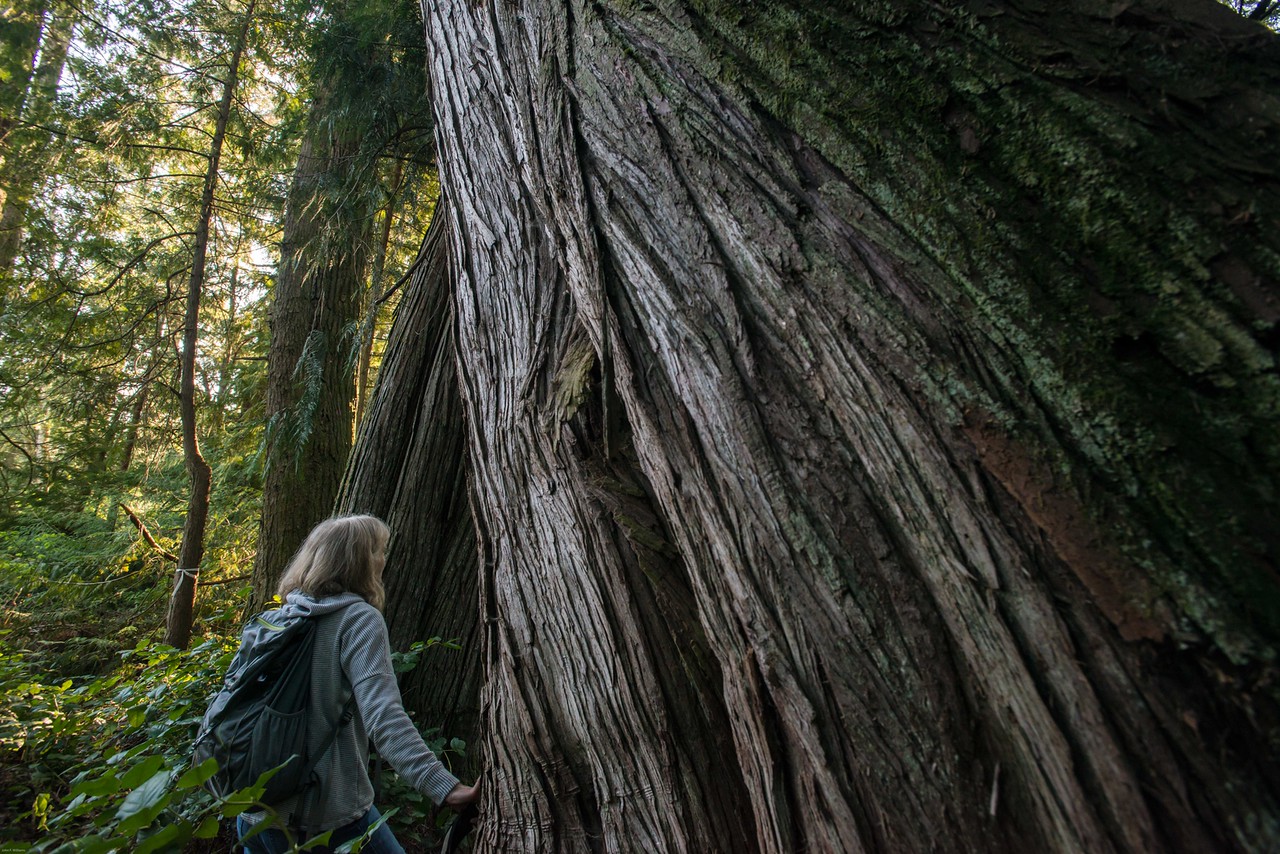By the time Beth and Mark Biser bought Still Waters Farm in 1990, the 48-acre parcel of forest in Mason County, Washington was a shell of its former self. Its 20 acres of wetlands had suffered two major disturbances.
NNRG Member Profiles
Restoring watershed ecosystems at Tarboo Forest
Northwest Watershed Institute (NWI), a Port Townsend-based non-profit, leads the work to regrow old-growth forests in the uplands of Tarboo Creek and re-establish forested wetlands in the floodplain. Over the years, NWI has quilted together Tarboo Wildlife Preserve, 396 acres in the Tarboo valley near Quilicene, Washington.
A Conservation Agreement for Fisher and Forest Owners
Header image via ForestWander. The fisher (Pekania pennanti) is a small, carnivorous mammal native to North American forests, a member of the weasel family with quick reflexes and great climbing skills. It’s roughly the size of a housecat, and is indisputably cute. Though now very rare in the Pacific Northwest as a result of habitat loss, […]
Revisiting the Skokomish Tribe’s FSC-Certified Harvest
Skokomish Park at Lake Cushman is a scenic, 500-acre forest and campground on Lake Cushman in the Olympic Peninsula. Every year hundreds of campers visit the park to swim and fish on over 8 miles of freshwater shoreline and to hike and bike over 9 miles of trails. You wouldn’t know it from visiting, but […]
Raising 5,200 Children by Shovel and Machete
This January the Hansons embarked on a large reforestation project on their forest near Olympia, Washington. Comprising 18 acres and 5,200 seedlings, it’s been their most ambitious planting job to date — one that has had Hanson parents, kids, and grandkids weathering much of the current pandemic from deep in the forest.
The Not-So-Open Road: Road Decommissioning at Ellsworth Creek Preserve
In forest systems, hydrology and road systems are at odds with one another. Water wants to run down slopes and avoid barriers, while roads cut across slopes and aim to stay put. Managing your road system to minimize erosion and runoff takes forethought and more than a bit of careful engineering. Kyle Smith, the Forest […]
Out With the Fir, In With the Oak
Sarah Deumling has noticed some changes in her forest over the past 20 years.
There’s a little less water to go around, and her family’s land, Zena Forest in the Willamette Valley of Oregon, is a little hotter and drier during the summer. Why? These changes are consistent with climate models’ predictions of the way Oregon climate is shifting under the influence of global warming.
Keeping an Eye on the Back 40
Regular, rigorous monitoring is an important part of good forest stewardship. No one knows this better than Chris Goodman. Chris and his family own and take care of Back40 Quinault Forest, an aptly named 40-acre forest near Lake Quinault in Grays Harbor County. Since acquiring the forest in 2008, monitoring has been a critical component […]
Forestry for the Generations
Ayers’ Last Stand has roots that go four generations deep. When Matt Patton and his kids play in their forest, they’re climbing, hiding, and running around some of the same trees Matt’s great-great-grandfather knew. Matt’s kids are the sixth generation in his family to experience the forest—known as Ayers’ Last Stand—and likely not the last. […]
Making a Good Co-Home
There’s a hint of expectation in the air around Lousignont Creek, located in the northern Oregon Coast Range.Sometime in the next two months, adult coho salmon will appear as if out of nowhere and struggle upstream in search of suitable gravel for spawning.
Pointing the Trees in the Right Direction
It isn’t always easy to watch trees come down during a thinning, but Paul and Peggy Butler are getting better at it the second time around.
Tackling Invasives Without Chemicals―But Not Without Help
Artemio and Edana Paz have lived on and cared for their forest outside of Springfield for over 50 years. This year for the first time they sought help controlling invasive weeds from a unique source.
A Tale of Two Thinnings
Two members of NNRG’s group FSC certficate, Kopel Family Forest and Ferris Family Forest, are both commercially thinning their forests—a strategy that works to achieve both landowners’ goals for their lands.
Stewarding Woodlands in a Changing Climate
Ben Deumling and his family steward Zena Forest, a member of NNRG’s group FSC® certificate. The largest contiguous block of forest in the Eola Hills of the Willamette Valley, Zena Forest has not been immune to the impacts of climate change. Facing large-scale Douglas-fir die-off, Ben describes below how he and his family are experimenting with planting less-traditional tree species—ones more tolerant to a warming climate.
Go Play in One of King County’s Forests
Want to know what a well-managed forest looks like? Walk, run, or ride through one of King County’s forestlands.
NNRG Members Are Harvesting More Than Timber From Their Forests
Finding creative ways to derive enjoyment—and a little extra income—from non-timber forest products. Many forest owners enjoy the pleasures and profits that Non-Timber Forest Products (NTFPs) bring. Broadly speaking, NTFPs are forest products or services aside from commercially harvested timber that have potential personal or commercial value. NTFPs range from foraged berries and mushrooms to holiday wreaths and essential oils, from […]
Where There’s a Will, There’s a Way to Combat Blackberries!
Pair Family Forest, situated in the Snoqualmie Valley just west of Duvall, had a serious invasives problem when the family purchased the land in 2005. About a third of the property was choked with tangled pockets of Himalayan blackberry thicket. The brambles had muscled out the native shrubbery and posed a serious problem for Wayne, who had visions of transforming his forest into a mixed-age, biologically-rich ecosystem.
Sometimes, a forest just needs a little TLC (Thinning, Love, and Cost-share reimbursement)
As lifelong forest owners Rod and Diana Hanson were no strangers to land stewardship when they bought 70 acres near Black Diamond, WA in 2011. But the forest they purchased was a far cry from their vision of a mixed-species, mixed-age, biologically rich ecosystem that could also yield valuable wood products. The property had previously […]
Member Spotlight: Smelling the Forest for the Trees
Brothers Jim and Ed Merzenich, along with Jim’s wife, Karen Wilson, steward Oak Basin Tree Farm: nearly 1,000 acres in the Coburg Hills outside of Brownsville, Oregon at the south end of the Willamette Valley. Oak Basin Tree Farm is Forest Stewardship Council® certified through NNRG’s group certificate.
Great Peninsula Conservancy
Great Peninsula Conservancy (GPC) just completed the Forest Stewardship Council® (FSC®) certification process for Grovers Creek Preserve! Acquired by the Conservancy in 2015, the 197-acre preserve near Poulsbo boasts 60 acres of rare older growth forest including stands of western hemlock, Sitka spruce, western redcedar, and Douglas-fir. There are even 11.5 acres of late successional […]

